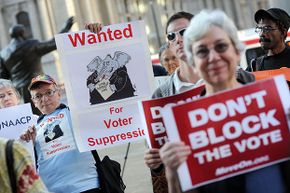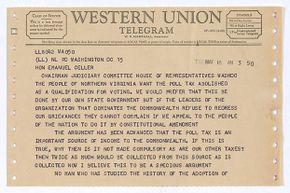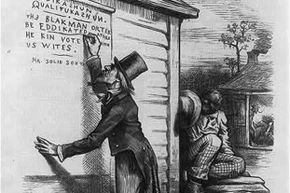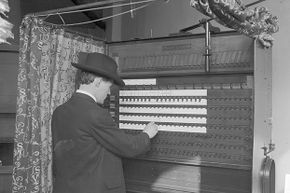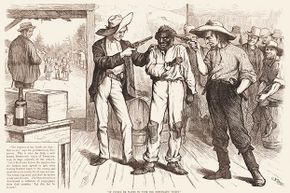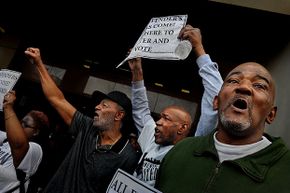In the U.S., the right of adult citizens to vote and elect public officials is one of their most hallowed principles — or at least, that's what is taught in middle-school civics class. In reality, though, there's another tradition that goes back even further in American history: finding ways to keep people from voting, whether through arcane laws or open intimidation.
In some ways, voter suppression, as such efforts are called, goes back to the earliest days of the country. As historian Jill Lepore wrote in a 2008 New Yorker article, only 6 percent of the U.S. population was eligible to vote in the first presidential election in 1789. That's because most states only allowed white male landowners to vote.
Advertisement
In the 1800s, the property requirements started to fade, and over the next century, racial minorities and women legally got the right to vote. But, local and state governments came up with a variety of ways to limit who actually got to participate in elections, whether it was requiring poll taxes, literacy tests or changing the dates and times for polling stations.
Efforts to restrict voting continue even today. According to the Brennan Center for Justice, a New York-based think tank and civil rights advocacy organization, since 2010 alone, 25 states have passed new laws making it more difficult to vote.
Here are 10 ways that people have been kept from voting, both in the past and the present.
